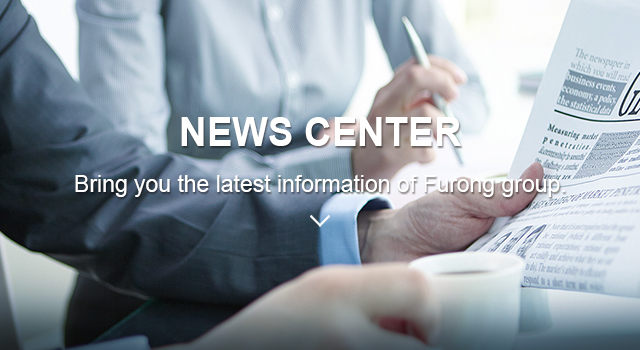Advantages and disadvantages of die casting
Based on the traditional die casting process, several improved die casting processes have been developed, including hole-free die casting process to reduce casting defects and eliminate blowhole. It is mainly used for processing zinc, which can reduce the direct injection technology of waste to increase the yield.
The advantages of die casting include the excellent dimensional accuracy of the casting. Usually this depends on the casting material. Typical values are 0.1 millimetres for the initial 2.5 centimeter size, and 0.002 millimetres for each additional 1 centimeter. Compared with other casting processes, its casting surface is smooth, and the fillet radius is about 1-2.5 microns. Relative to sand box or permanent mold casting, it is possible to make castings with a thickness of about 0.75 millimeters. It can directly cast internal structure, such as wire sleeve, heating element and high strength bearing surface. Other advantages include its ability to reduce or avoid secondary machining, its high production speed, its tensile strength up to 415 MPa, and its ability to cast high flowing metals.
The biggest drawback of die casting is high cost. Casting equipment and die and mold related components are expensive compared with other casting methods. Therefore, it is more economical to produce large quantities of products when manufacturing die castings. Other drawbacks include: this process is only suitable for metals with high fluidity, and the casting quality must be between 30g and 10kg. In the usual die casting, the final casting is always porous. Therefore, no heat treatment or welding can be carried out, because the gas in the crack will expand under the action of heat, resulting in internal micro-defects and surface peeling.





